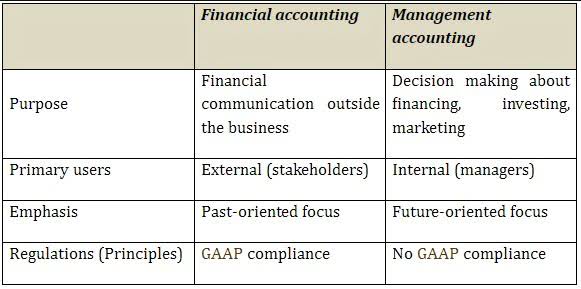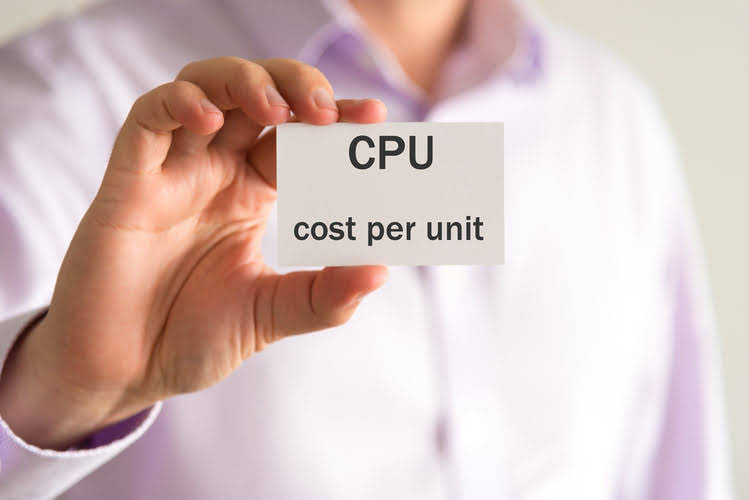
Also known as additional paid-up capital, this component counts the additional amount that shareholders pay above the actual share price. In all these https://toptalents.ca/?p=1993 metrics, changes in SE can significantly impact the results, affecting how investors and analysts interpret a company’s financial health, profitability, and valuation. This is the sum that remains for the benefit of the company’s shareholders after all liabilities have been subtracted from the assets. The information used to determine the shareholders’ equity of company ABC Ltd. is presented above. While long-term assets are less liquid, retained by the company for at least a year, or cannot be converted to cash within a year, current assets are liquid and can be converted to cash within the year. The value of capital assets and property, including patents, structures, machinery, and notes receivable, are considered long-term assets.

Common Equity: What Is It, Calculation & Importance
In other words, it represents the excess of the issue price over the nominal or par value of the shares. Low or falling shareholder’s equity may be a sign of a struggling company that relies heavily on debt funding. However, financial distress is not always indicated by low or negative shareholders equity. Due to their reduced expenses, newer or conservatively run businesses may not online bookkeeping need as much capital to generate free cash flow.
Example of Low Total Equity:

The total assets component comprises the current assets (such as inventory and accounts receivable) and non-current assets (such as goodwill, equipment, and land). In conclusion, understanding shareholder equity and analyzing real-world examples helps investors better comprehend a company’s financial position and assess its potential investment merits. In our examination of PepsiCo and Coca-Cola, we have seen how positive shareholder equity signifies a strong financial base for these industry leaders.
- Examples include unrealized gains or losses on certain investments, foreign currency translation adjustments, and pension plan adjustments.
- When you subtract the mortgage from the value of the house, that’s your equity.
- On the other hand, if a company is significantly overextended with loans and other debts that’s a sign that it may be in trouble.
- Stockholders’ equity is a helpful calculation to know but it’s not foolproof.
- In this section, we compare shareholder equity to market value and book value.
Investor’s Equation
In contrast, a declining ROE can mean that management is making poor decisions on reinvesting capital in unproductive assets. One of the most frequently asked questions regarding financial statements concerns shareholder equity (SE). In this section, we address common queries related to SE and dispel any misconceptions surrounding its significance in finance and investment analysis. Comparing Market Value, Book Value, and Shareholder EquityUnderstanding how these three metrics relate is crucial for investors and analysts. The relationship between market value and book value can offer insights into whether a company is undervalued or overvalued.
- You’ve paid down $300,000 of that property’s mortgage, leaving you with $200,000 plus interest in liabilities.
- This formula is known as the investor’s equation where you have to compute the share capital and then ascertain the retained earnings of the business.
- It helps in assessing the company’s ability to withstand economic downturns, especially in sectors where physical assets are critical.
- By checking our days sales of inventory (DSI) ratio, we can see how well we manage inventory and its effect on working capital.
- If the net profit margin increases over time, then the firm is managing its operating and financial expenses well and the ROE should also increase over time.
- The practical application of this formula, through systematic data gathering and adherence to accounting standards, allows for reliable calculations that reflect a company’s true worth.
What Is Sustainable Growth Rate?: A Roadmap for Smart Investors

The equity accounting formula can achieve precise financial reporting, which is essential for equity valuation and developing effective investment strategies. Understanding stockholders’ equity and how it’s calculated can help you to make more informed decisions as an investor. While it’s not an absolute predictor of how a stock might perform, it can be a good indicator of how well a company is doing.
All such paybacks maintain the stockholder’s interest in the company’s equity. Let us consider an example of a company PRQ Ltd to compute the Shareholder’s equity. Based on the information, calculate the Shareholder’s equity of the company. This concept total shareholder equity formula is crucial for investors and analysts because it provides a clear picture of a company’s financial health based solely on its tangible assets.
- For example, utility companies often have higher ratios due to their capital needs.
- Companies in asset-heavy sectors like manufacturing and real estate typically have higher tangible equity, while companies in tech or service industries may have lower tangible equity.
- In terms of its application, stockholders’ equity can be used to generate a financial snapshot of a company at any given point in time.
- DuPont analysis is covered in detail in CFI’s Financial Analysis Fundamentals Course.
- The first is the money invested in the company through common or preferred shares and other investments made after the initial payment.
- Return on Equity (ROE) is the measure of a company’s annual return (net income) divided by the value of its total shareholders’ equity, expressed as a percentage (e.g., 12%).
Common D/E Ratio Analysis Mistakes to Avoid

By looking at the debt to equity ratio with economic conditions in mind, we can better understand a company’s finances. The d/e ratio formula is used in advanced ways, like in financial modeling and forecasting. Analysts use it to predict a company’s future finances and guide investment choices. When we analyze the debt to equity ratio, we must avoid common mistakes. They include calculation mistakes, misinterpreting data, and overlooking important details.



